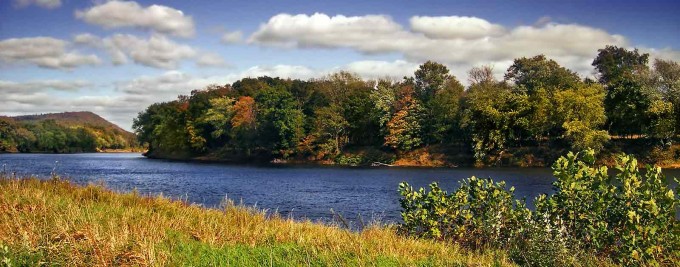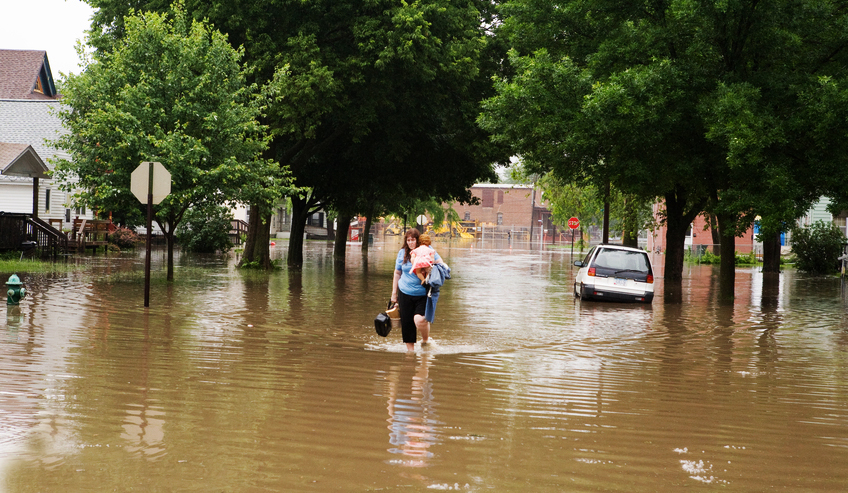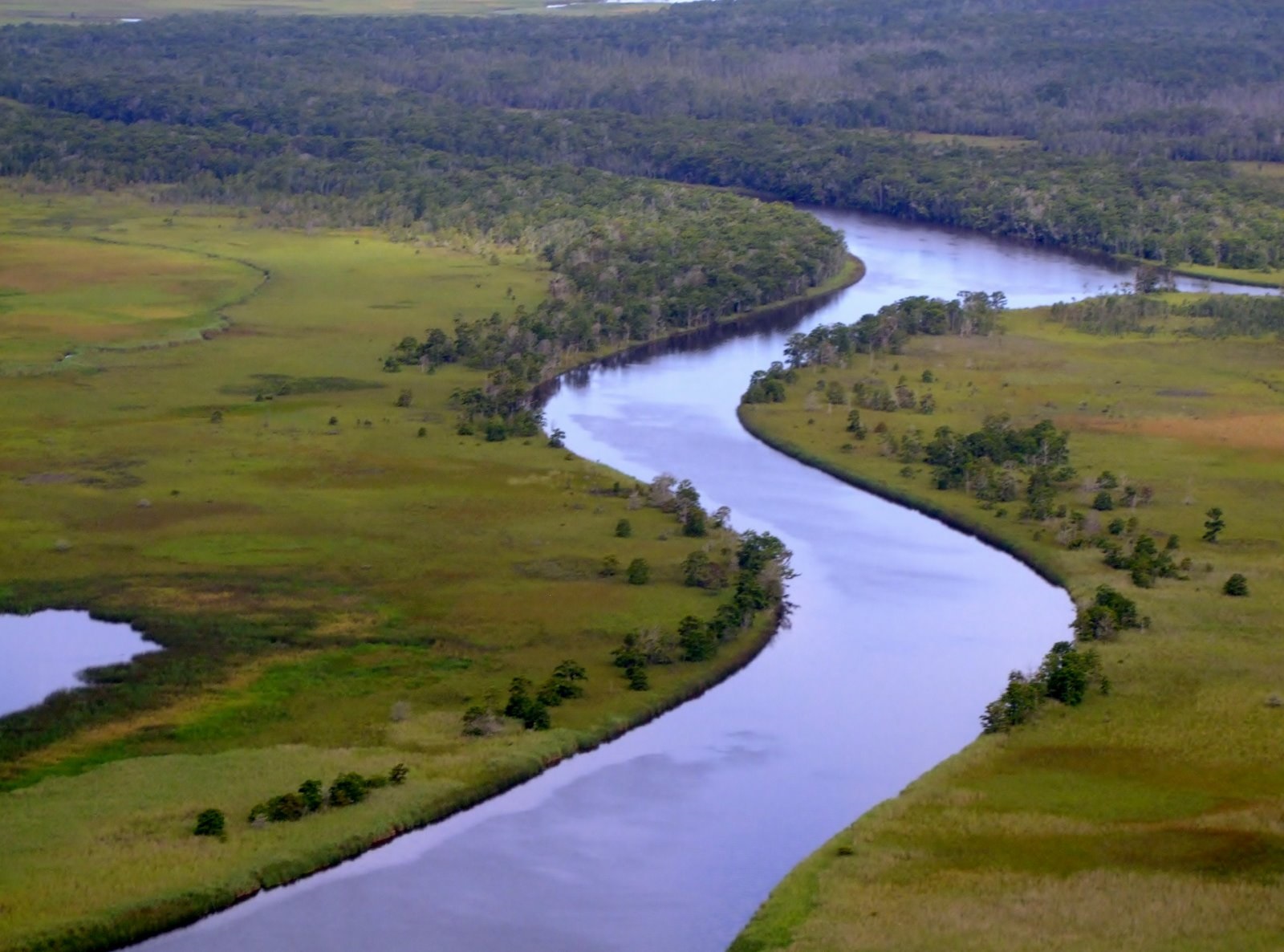Restoring Floodplains…With Science!
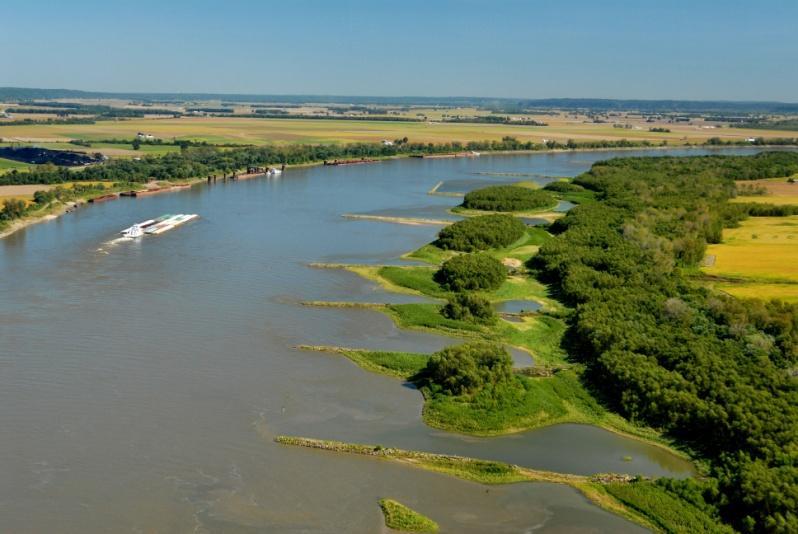
Protecting People and Wildlife
May 25, 2016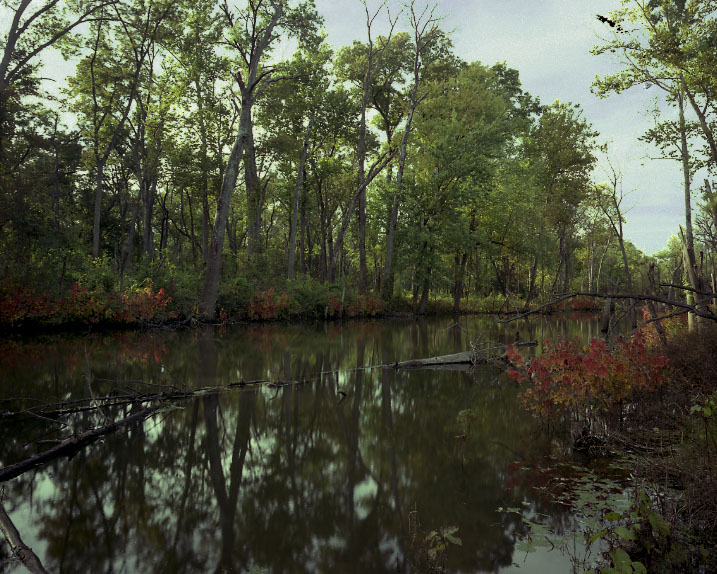
Comprehensive Flood Risk Management for the Upper Mississippi?
July 28, 2016Written by Eileen Shader, American Rivers
Floodplains are an integral part of healthy rivers, while floods are a natural occurrence on rivers. These simple facts can be hard to accept when floods cause damage to people and property every year. But as Gilbert White, a geographer known as the father of floodplain management once said: “Floods are ‘acts of god’, but flood losses are largely acts of man.”
Natural floodplains provide many benefits to people and nature. They provide clean water supplies, recreation opportunities, habitat for fish and wildlife, and- when left undeveloped- they safely convey flood water. Offering both rich resources and close proximity to waterways, floodplains have served as thriving centers of agriculture, trade, industry, and residential development for centuries. However, in order to live within floodplains, people have had to become very good at dealing with the risk of flood. Even today, large, infrequent floods can take lives and destroy property, which is why communities have tried so hard to “control” them with levees and dams.
Unfortunately, most people don’t realize the inherent harm that comes with engineered structures. Large floods can still overwhelm flood-control structures, and when they do fail, the sudden release can be catastrophic. Centuries of trying to manage rivers and flooding by straightening, leveeing, damming, dredging, and armoring rivers without consideration for how a river functions has only resulted in ever escalating disaster costs, and a loss of naturally functioning floodplains and the benefits they provide.
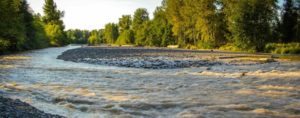 Thankfully, floodplains and their benefits can be restored. There are a host of activities that fall within the realm of floodplain restoration such as removing, notching, or setting back levees or berms; repairing incised channels; moving infrastructure; etc. However, the most effective way to restore floodplain systems requires restoration practitioners to look beyond these activities or specific habitat features and focus on restoring floodplain functions.
Thankfully, floodplains and their benefits can be restored. There are a host of activities that fall within the realm of floodplain restoration such as removing, notching, or setting back levees or berms; repairing incised channels; moving infrastructure; etc. However, the most effective way to restore floodplain systems requires restoration practitioners to look beyond these activities or specific habitat features and focus on restoring floodplain functions.
In the newly released white paper “Reconnecting Rivers to Floodplains: Returning natural functions to restore rivers and benefit communities” American Rivers synthesized relevant riverine floodplain science and research in order to develop a conceptual model for understanding riverine floodplain functions to inform floodplain restoration efforts. This paper was developed as part of American Rivers’ efforts to expand our River Restoration Program to include a focus on floodplain restoration, and our intention is for this paper to present a guiding philosophy for American Rivers’ involvement in floodplain restoration nationally and serve as an informational resource for others interested in pursuing floodplain restoration.
The Take-Away. Floodplain restoration is a means to return a river-floodplain system to a healthy functioning state. The paper identifies four floodplain attributes that together orchestrate the ecological functions of a floodplain and can guide restoration projects to better focus on the bio-physical and flow characteristics that underpin floodplain function:
- Connectivity: A functional floodplain is physically accessible by water from its adjacent river or stream to allow an exchange of river or stream to allow an exchange of water, nutrients, sediment, and organisms
- Variable Flow: A functional floodplain is connected to a river capable of producing flows with magnitudes large enough to inundate the floodplain. Additionally, a river must produce such flows at specific times of the year, for adequate spans of time, and at variable return frequencies to maximize a full range of ecological functions. Together, variable flow describes the necessary timing, duration, magnitude, and frequency (TMDF) of flows that support local biota.
- Spatial Scale: A floodplain must have the space to accommodate inundation and the resulting habitat and landscape forming processes that occur.
- Habitat and Structural Diversity: A diversity of sediment erosion and deposition conditions, gradients of hydrologic connectivity, ecological succession and naturally accumulated debris generate habitat supportive of terrestrial and aquatic organisms. Ideally, these features emerge from co-occurrence of the previous three attributes
What does this all mean? Make sure water can get on the floodplain at the right time, in the right amount, and for the right duration to support a natural floodplain habitat.
A process-based restoration approach like this is a bottom-up approach to fixing an ecosystem. Instead of restoring surface features, process-based restoration returns the natural processes that create and sustain an ecosystem, allowing it to restore at a natural rate. In this way, we correct the underlying causes of ecosystem degradation.
The result will be a more naturally functioning river and floodplain that maximizes floodplain and river benefits including habitat for fish and wildlife, improved water quality, groundwater supplies, and- without people and property in harm’s way- the ability to safely convey floodwater and makes communities more resilient to flooding.

